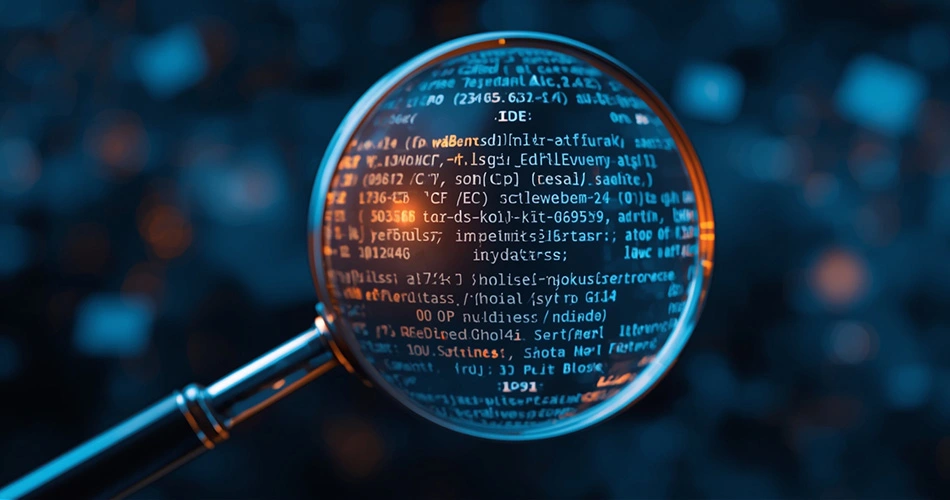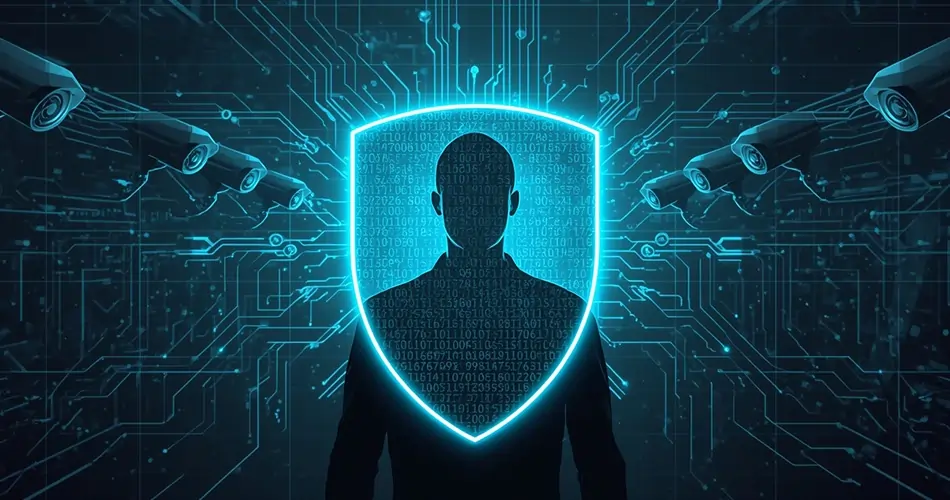Artificial Intelligence (AI) powers almost everything in 2025, from social media algorithms and smart homes to healthcare and financial systems. While AI provides efficiency and convenience, it also introduces new privacy, security, and ethical risks. Unfortunately, many people unknowingly make mistakes that expose them to AI surveillance, identity theft, and cyberattacks.
This guide uncovers the most common AI mistakes and shows you how to avoid them to protect your digital privacy and security.
-
Oversharing Data with AI-Powered Apps
Most AI tools, from chatbots to smart assistants, require access to your personal information. Oversharing data, such as your location, contacts, or voice recordings, gives AI systems too much power to track and profile you.
How to Protect Yourself:
- Limit app permissions on your smartphone.
- Use privacy-focused alternatives.
- Disable location tracking when not needed.

-
Trusting AI Without Question
Many people assume AI-generated recommendations, results, or alerts are always accurate. In reality, AI makes mistakes, biases exist, and hackers can manipulate outputs.
How to Protect Yourself:
- Cross-check AI recommendations.
- Use multiple sources before making decisions.
- Stay updated on AI bias and misinformation.
-
Ignoring AI Privacy Policies
AI-driven platforms often hide critical details in their privacy policies. Failing to read them means you may unknowingly allow your data to be sold, analyzed, or shared with third parties.
How to Protect Yourself:
- Skim for keywords like “data collection,” “third parties,” and “retention.”
- Choose services that prioritize end-to-end encryption.
-
Using Weak or Recycled Passwords
AI-powered hacking tools can crack simple passwords within seconds. Reusing passwords across multiple accounts makes you an easy target.
How to Protect Yourself:
- Use a password manager.
- Create long, unique, and random passwords.
- Enable multi-factor authentication (MFA).
-
Believing AI Cannot Be Hacked
Some people think AI systems are too advanced to be hacked. In reality, AI is a prime target for cybercriminals, who exploit vulnerabilities to steal sensitive data.
How to Protect Yourself:
- Keep software updated.
- Use trusted cybersecurity tools.
- Monitor unusual account activity.
-
Falling for AI Deepfakes

AI-generated deepfakes are now used for scams, fraud, and identity theft. From fake voices to realistic videos, these tools trick victims into sharing private data or sending money.
How to Protect Yourself:
- Verify information through multiple channels.
- Be skeptical of unexpected video or audio requests.
- Use AI detection tools when in doubt.
-
Blindly Accepting AI-Powered Ads
AI algorithms track your online activity to show hyper-targeted ads. Clicking without caution may lead to phishing websites or malware downloads.
How to Protect Yourself:
- Use an ad blocker.
- Avoid clicking on suspicious ads.
- Shop directly from official websites.
-
Over-Reliance on Smart Devices
Smart speakers, cameras, and home assistants constantly collect data. Over-reliance without proper settings can lead to surveillance and privacy breaches.
How to Protect Yourself:
- Mute devices when not in use.
- Regularly clear voice and activity logs.
- Secure devices with strong Wi-Fi protection.
-
Forgetting About Metadata
AI not only processes content but also collects metadata like timestamps, locations, and device details. Ignoring metadata exposes your behavior patterns.

How to Protect Yourself:
- Use a VPN to mask your IP.
- Strip metadata from shared files.
- Avoid unnecessary geotagging.
-
Thinking AI Privacy Is “Someone Else’s Job”
The biggest mistake is assuming that governments, companies, or regulators will handle AI risks for you. In reality, your digital safety starts with you.
How to Protect Yourself:
- Stay informed about AI privacy laws.
- Use privacy-first tools (VPNs, encrypted messaging, private browsers).
- Take control of your digital footprint.
FAQs:
Q1: Can AI really put my privacy at risk?
Yes. AI tools often collect, analyze, and store personal data such as location, browsing history, and voice commands. If misused, this information can be exploited by advertisers, hackers, or surveillance systems.
Q2: What are the most dangerous mistakes people make with AI?
The most common include oversharing data with apps, using weak passwords, trusting AI without verification, and falling for AI-generated deepfakes.
Q3: How do hackers use AI to attack users?
Cybercriminals use AI to create phishing emails, fake voice calls, malware, and deepfake scams. AI also helps them crack weak passwords faster.
Q4: What can I do to protect my data from AI surveillance?
Limit app permissions, use VPNs, enable encryption, secure your accounts with MFA, and avoid oversharing personal details online.
Q5: Are smart devices like Alexa or Google Home safe to use?
They can be safe if configured properly. However, they collect voice data and can be hacked. Always mute when not in use and review privacy settings regularly.
Q6: Can AI deepfakes be detected?
Yes. AI detection tools, reverse image searches, and careful scrutiny of unusual voice or video messages can help you identify deepfakes.
Q7: Who is responsible for AI privacy, me or the government?
Both. Governments are introducing AI privacy laws, but individual users must also take proactive steps to secure their data and reduce exposure.
Final Thoughts
AI can be a powerful ally, but only if used responsibly. By avoiding these 10 common AI mistakes, you’ll protect your privacy, security, and online freedom in 2025 and beyond.





